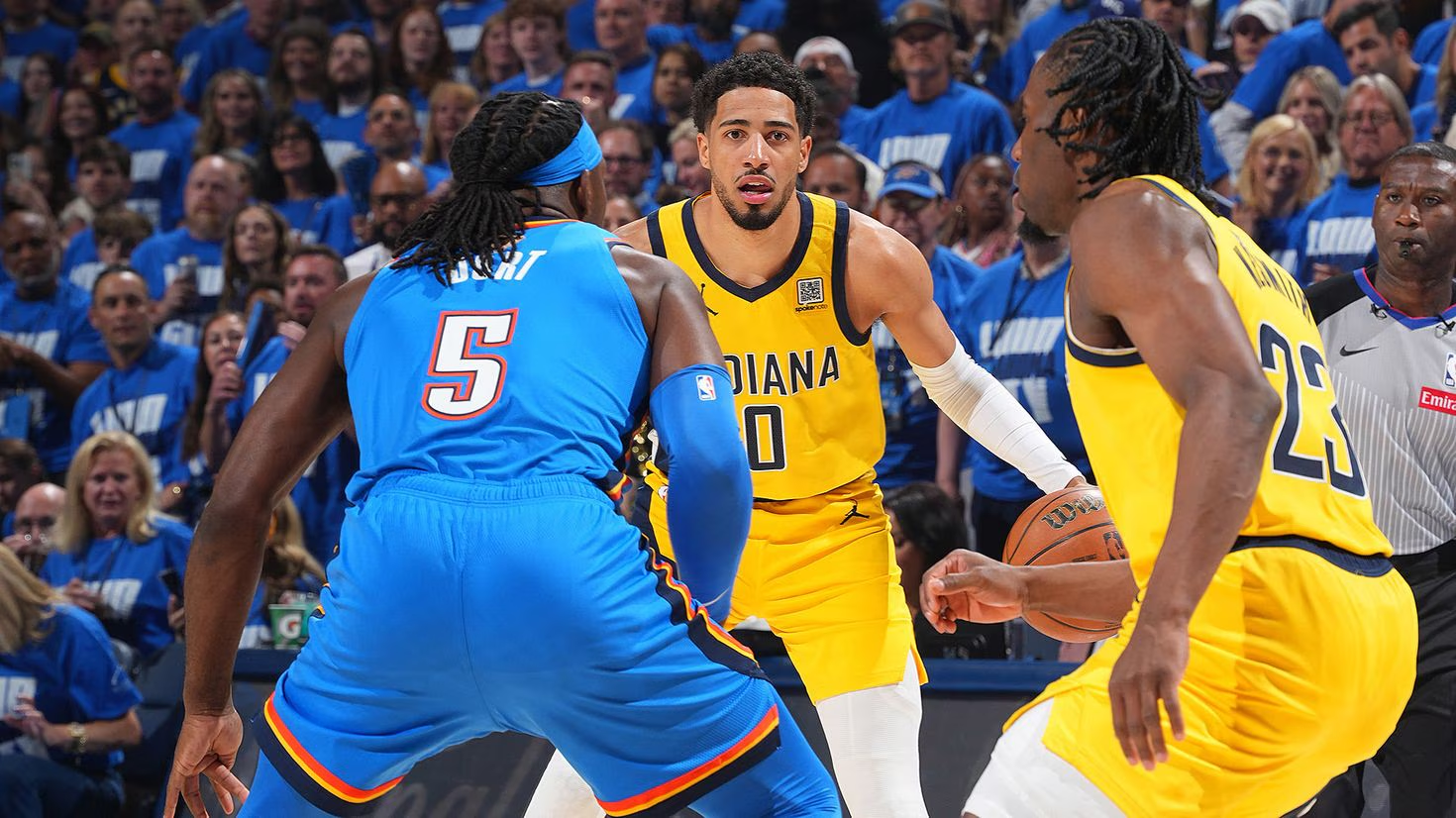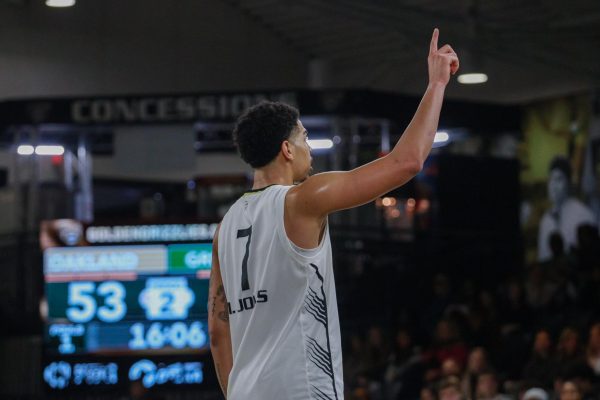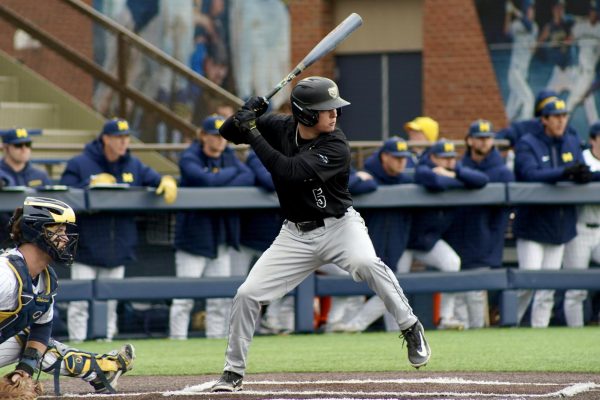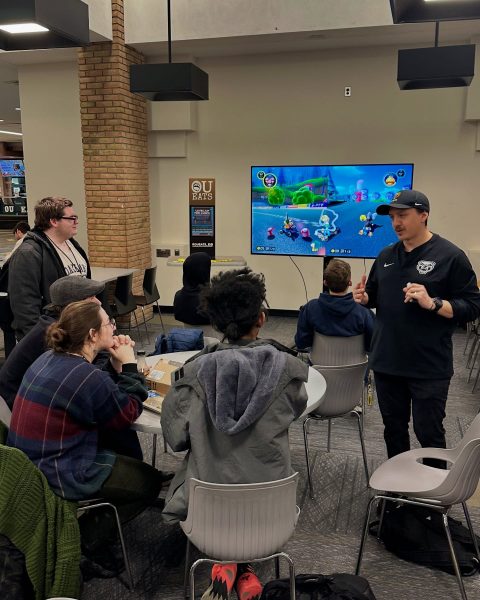CCE sports panel highlights major changes in college athletics
Photo courtesy of Valley News Live.
The NCAA allowing NILs [name, image, and likeness deals] is a major step forward for collegiate athletes.
On Thursday, Oct. 14, the Center for Civic Engagement (CCE) hosted “The Changing Landscape in College Athletics” to discuss the ongoing changes in favor of National Collegiate Athletic Association athletes.
The conference, which was presided over by 97.1’s Rico Beard and featured Michigan State Representative Joe Tate and ESPN’s college basketball analyst Jay Bilas, discussed the ongoing NCAA changes in regulations that will allow collegiate athletes to be paid for the use of their Names, Images and Likeness, also known as NIL deals, in an era that has seen a drastic increase in annual revenue.
Bilas, 57, noted that since 1986, the average salary of an NCAA coach has increased by 957%, and that the NCAA is a multi-billion dollar industry, with one speaker noting the average income generated by college athletics is around $14 to 15 billion annually. According to multiple speakers, the issue in the NCAA is a morality issue in that the players are producing and having their likeness used but are not allowed to be paid for it.
The NCAA allowing NILs [name, image and likeness deals] is a major step forward for collegiate athletes, who were noted as not being able to capitalize on their skill as other students at the same college can. Though students with band scholarships can be paid to play at local clubs, athletes are not given the same opportunity with their skillset, though they are directly utilized for their abilities.
The NCAA used the idea of amateurism to offset pay and noted scholarships at their payment. After numerous athletes filed lawsuits against the NCAA, this ruling allows athletes to be paid for the work they put in for the NCAA.
Though the NIL allowance is still in its infancy, athletes will be allowed to negotiate their NILs to use their likeness and make appearances to generate income. Though the NCAA states that the schools and officials can not help in terms of finding opportunities or finding representation, they are allowed to give advice and discuss the deals with athletes as long as schools don’t help broker the deals.
Other discrepancies were discussed, including the understanding that not every athlete will earn the same amount since the university won’t have a budget for the players. The idea of a salary cap also seems likely for the near future but isn’t necessarily on the table currently. Smaller schools and non power five conferences may be seen as having a disadvantage to the larger conferences having more national outreach, but it was stated that the idea of payment isn’t to build a better team, but to pay their athletes for their services.
As the revenue and exposure of the NCAA grow further, so will the opportunities for athletes. Many of these athletes won’t make the pro leagues but work hard to further their craft as well as showcase their talents. The NCAA for years has profited off of the hard work and sacrifice of these athletes who dedicate their bodies and their time to their college sports, but these aren’t kids trying to make a buck. These are men and women who work as hard as any student to succeed.



![The NCAA allowing NILs [name, image, and likeness deals] is a major step forward for collegiate athletes.](https://oaklandpostonline.com/wp-content/uploads/2021/10/NCAA-logo-900x506.jpg)



